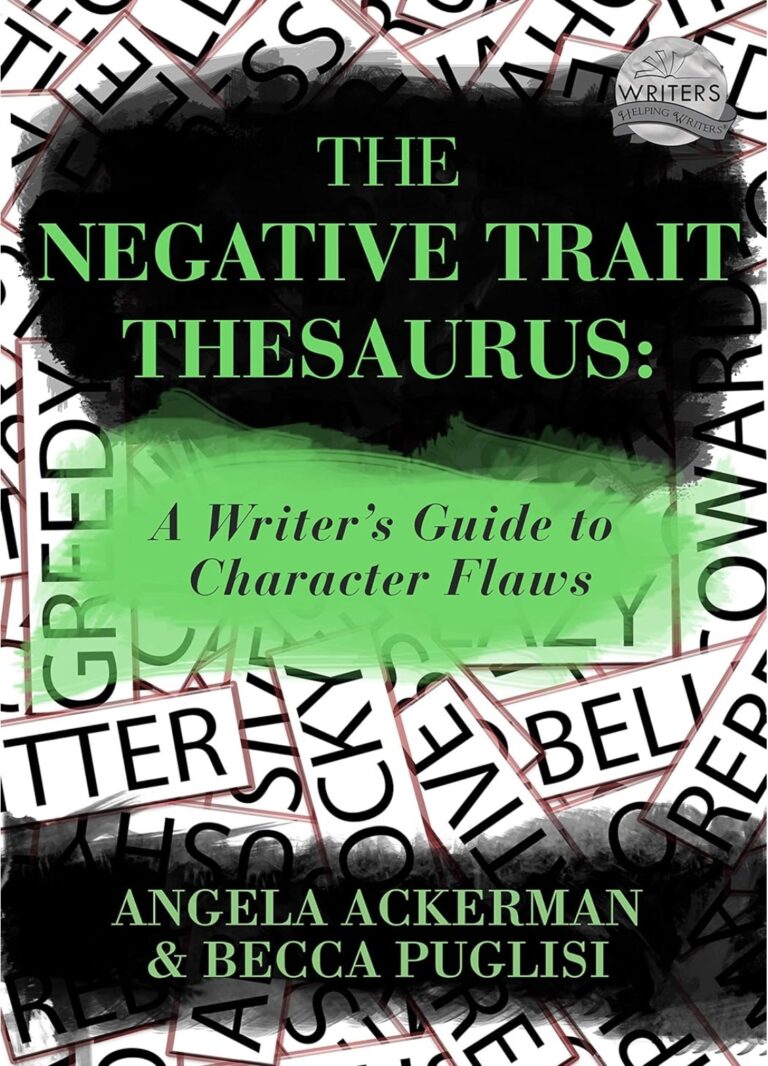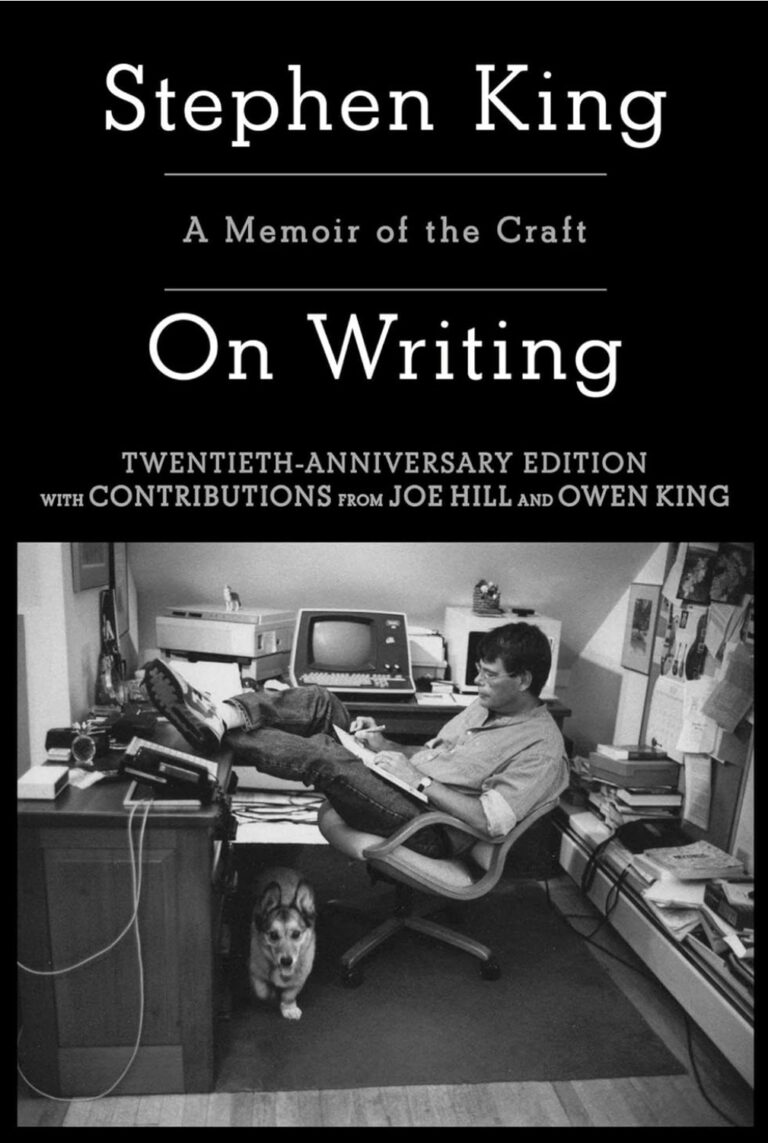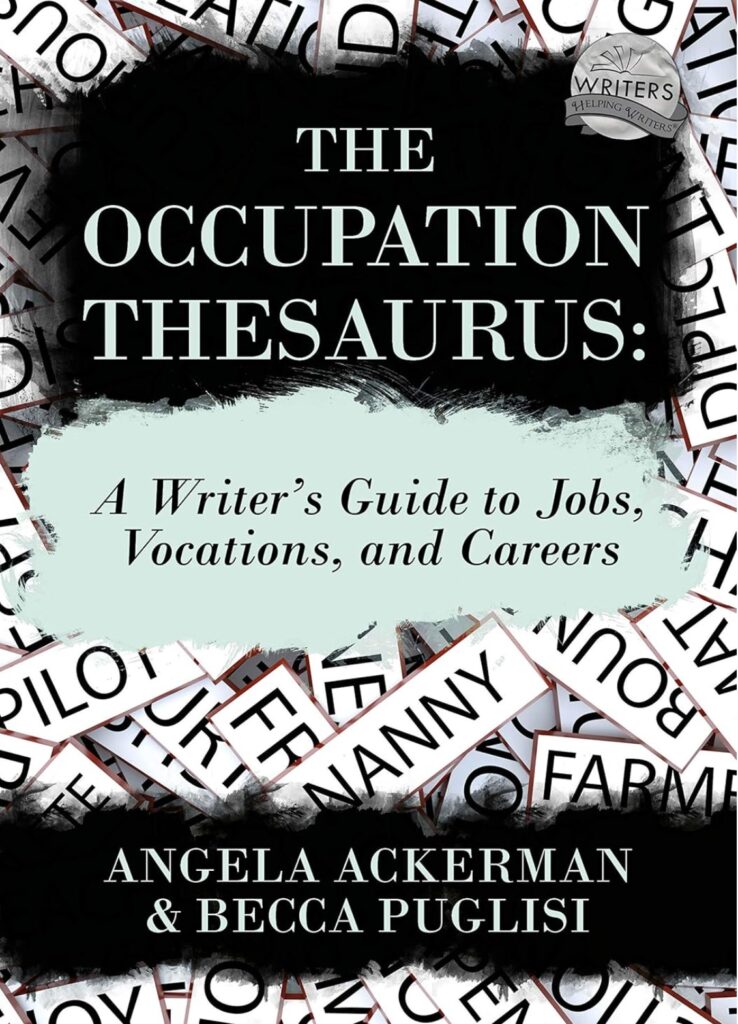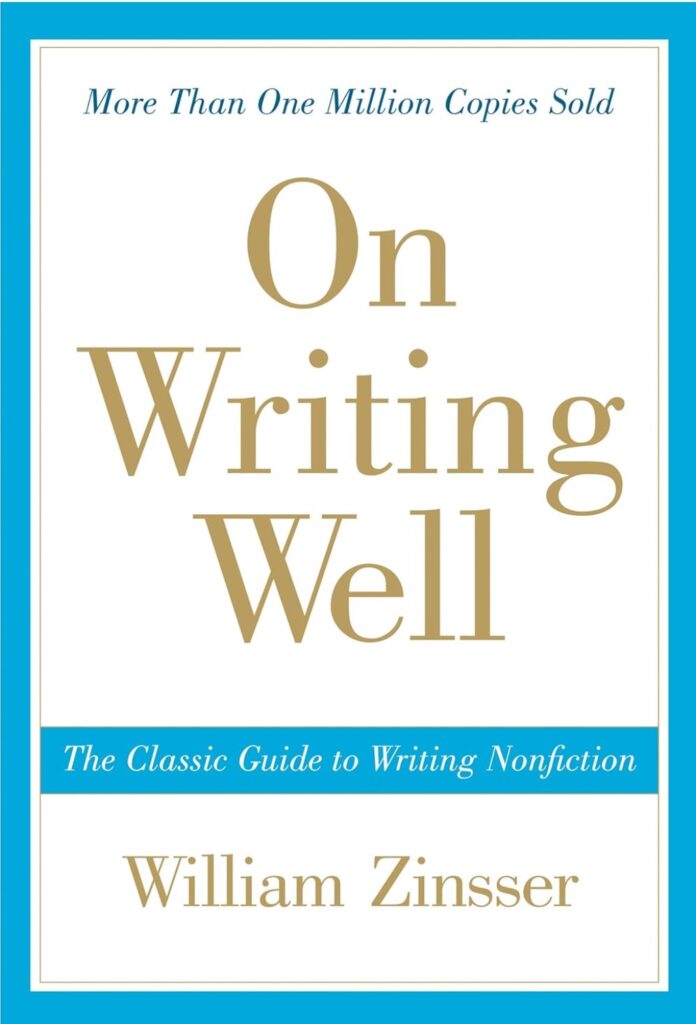As a romance author specializing in insta-love stories with aliens and paranormal creatures, I’m always seeking ways to refine my craft. Self-Editing for Fiction Writers, Second Edition: How to Edit Yourself Into Print by Renni Browne and Dave King has been an invaluable guide.
This book provides practical, hands-on advice for editing your own work, ensuring your stories captivate readers. From character development to pacing, Browne and King cover it all.
Discover how this essential resource can transform your writing, making your manuscripts polished and ready for publication.
Table of Contents
ToggleThe Importance of Self-Editing
Understanding the Basics of Self-Editing
In my experience, the ability to self-edit effectively is crucial for any writer aiming to produce high-quality work. Browne and King’s book breaks down the self-editing process into manageable steps, making it accessible and easy to follow.
They emphasize the importance of clarity, coherence, and readability, which are essential for engaging readers.
I’ve read the book and used its guidelines to enhance the clarity of my prose in a novella I wrote about a human falling in love with a vampire.
By focusing on eliminating unnecessary words and tightening sentences, I was able to create a more fluid and compelling narrative.
This approach not only improved the readability of my story but also made the characters’ emotions and actions more impactful.
Techniques for Effective Self-Editing
One of the standout features of Self-Editing for Fiction Writers is the practical techniques it offers.
Browne and King provide a variety of strategies for tackling common issues such as point of view, dialogue, and pacing.
Their advice is grounded in real-world examples, making it easy to apply to your own writing.
I’ve applied what I learned from the book to improve the pacing of my stories.
In a novella I write featuring a werewolf and a human, I used the techniques outlined in the book to identify and remove scenes that dragged or felt repetitive.
This not only enhanced the overall flow of the story but also kept readers engaged from start to finish.
Developing Strong Characters and Dialogue
Creating Believable Characters
Browne and King stress the importance of developing well-rounded, believable characters. They offer practical advice on how to avoid common pitfalls such as clichéd descriptions and unrealistic behaviors.
Their insights have been incredibly valuable in helping me create more authentic characters in my stories.
I’ve read the book and used its character development techniques to add depth to the protagonists in a story I wrote about an alien diplomat.
By focusing on their motivations, fears, and desires, I was able to create characters that felt real and relatable.
This approach not only made the characters more engaging but also added emotional weight to their journey.
Crafting Realistic Dialogue
Dialogue is a critical aspect of any story, and Self-Editing for Fiction Writers provides excellent advice on how to craft realistic and impactful conversations.
Browne and King highlight the importance of subtext, rhythm, and natural speech patterns, which are essential for creating believable dialogue.
I’ve applied what I learned from the book to enhance the dialogue in a novella I write featuring a ghost.
By focusing on the subtext and ensuring that each line of dialogue served a purpose, I was able to create more dynamic and meaningful interactions between the characters.
This not only improved the readability of the story but also deepened the emotional connections between the characters.
Enhancing Narrative Techniques
Point of View and Show vs. Tell
One of the key lessons from Self-Editing for Fiction Writers is the importance of mastering point of view and the show vs. tell technique.
Browne and King provide clear explanations and examples of how to effectively use these narrative tools to create immersive and engaging stories.
I’ve read the book and used its advice on point of view to refine the narrative perspective in a novella I wrote about a minotaur navigating human society.
By maintaining a consistent point of view and focusing on showing rather than telling, I was able to create a more immersive and vivid reading experience.
This approach not only enhanced the story’s emotional impact but also made the world-building more compelling.
Managing Pacing and Tension
Browne and King also emphasize the importance of pacing and tension in storytelling. They offer practical tips on how to maintain a steady pace and build suspense, which are crucial for keeping readers hooked.
I’ve applied what I learned from the book to manage the pacing and tension in a story I wrote about a human falling in love with an alien.
By carefully structuring scenes and controlling the flow of information, I was able to create a narrative that kept readers on the edge of their seats.
This approach not only enhanced the story’s excitement but also made the climax more satisfying.
Practical Tips for Polishing Your Manuscript
Revising for Style and Voice
Self-Editing for Fiction Writers offers valuable advice on how to revise for style and voice.
Browne and King provide practical tips on how to develop a distinctive writing style and ensure that your voice remains consistent throughout your manuscript.
I’ve read the book and used its techniques to refine my writing style in a novella I write.
By focusing on consistency and paying attention to the nuances of my voice, I was able to create a more polished and cohesive narrative.
This approach not only improved the overall quality of my writing but also made my stories more engaging and memorable.
Using Professional Tools and Resources
Browne and King also highlight the importance of using professional tools and resources to aid in the self-editing process.
They provide recommendations for software, reference books, and other resources that can help writers polish their manuscripts.
I’ve applied what I learned from the book to utilize various tools and resources in my editing process. For instance, I used grammar-checking software and style guides to ensure that my manuscripts were free of errors and inconsistencies.
This not only helped me produce cleaner, more professional-looking work but also saved me time and effort in the editing process.
Final Thoughts
Self-Editing for Fiction Writers, Second Edition: How to Edit Yourself Into Print by Renni Browne and Dave King is an essential resource for any writer looking to improve their craft.
The book’s practical advice and hands-on techniques provide a comprehensive guide to self-editing, making it an invaluable tool for producing high-quality, polished manuscripts.
I’ve personally tried and used the techniques from this book in numerous stories and articles, enhancing my writing and connecting more deeply with my readers.
For anyone writing romance, especially within the realms of supernatural and paranormal, this book is a valuable addition to your writer’s toolkit.
It not only helps in understanding and applying self-editing techniques but also in creating more engaging and impactful stories.
If you’re looking to elevate your writing and produce manuscripts that stand out, I highly recommend Self-Editing for Fiction Writers.
It’s a resource that I return to time and time again, and it has become a cornerstone of my writing process. Happy editing!





























